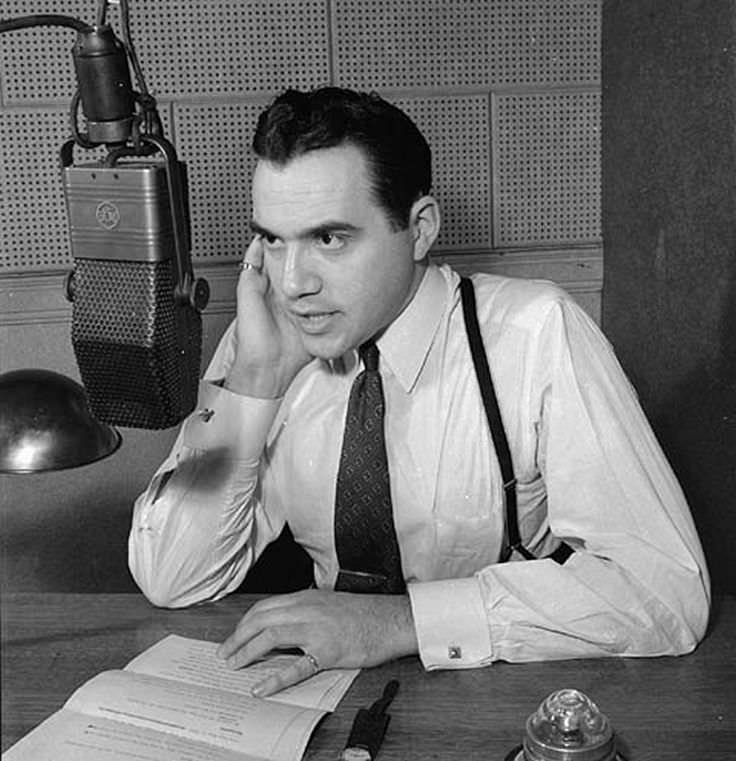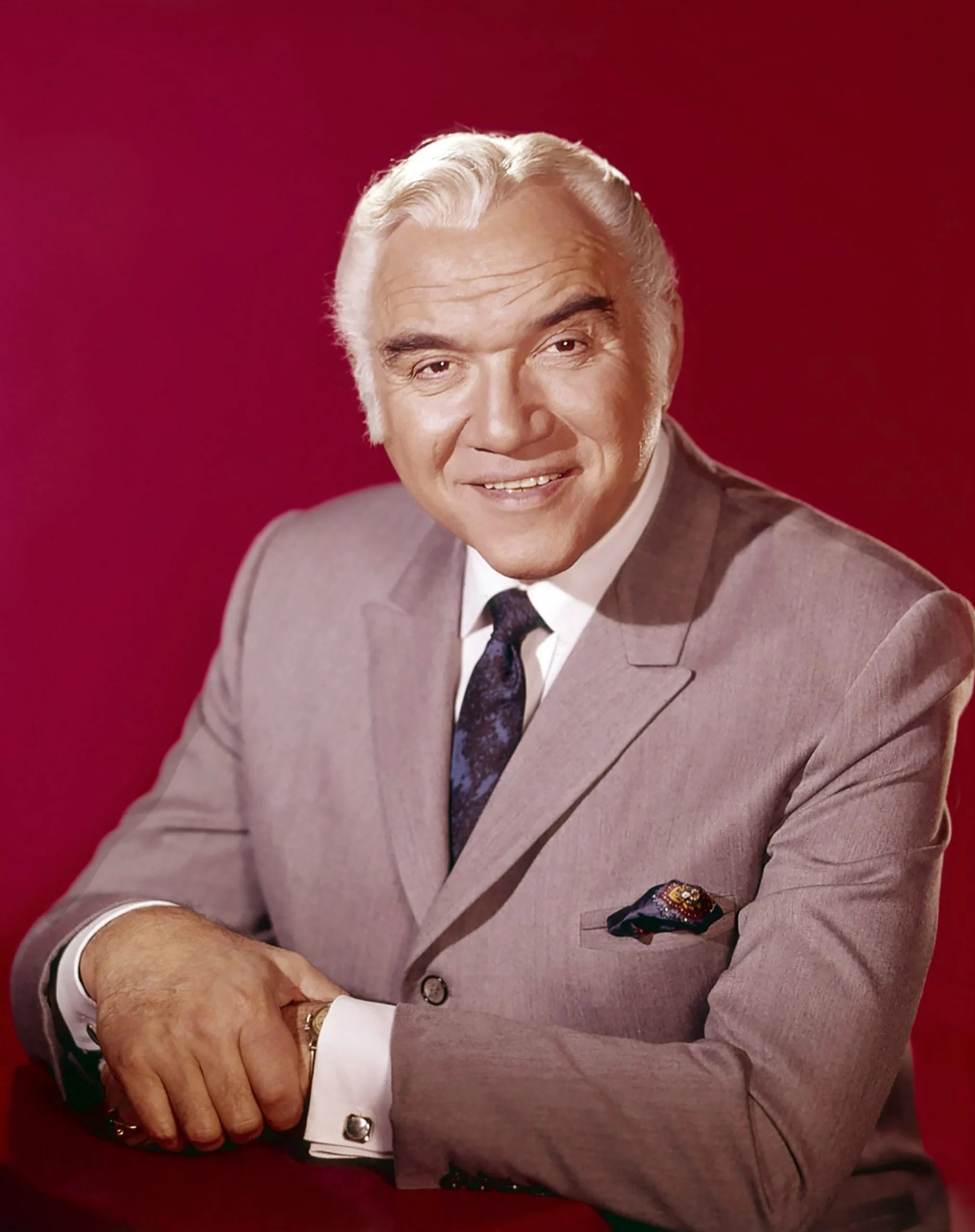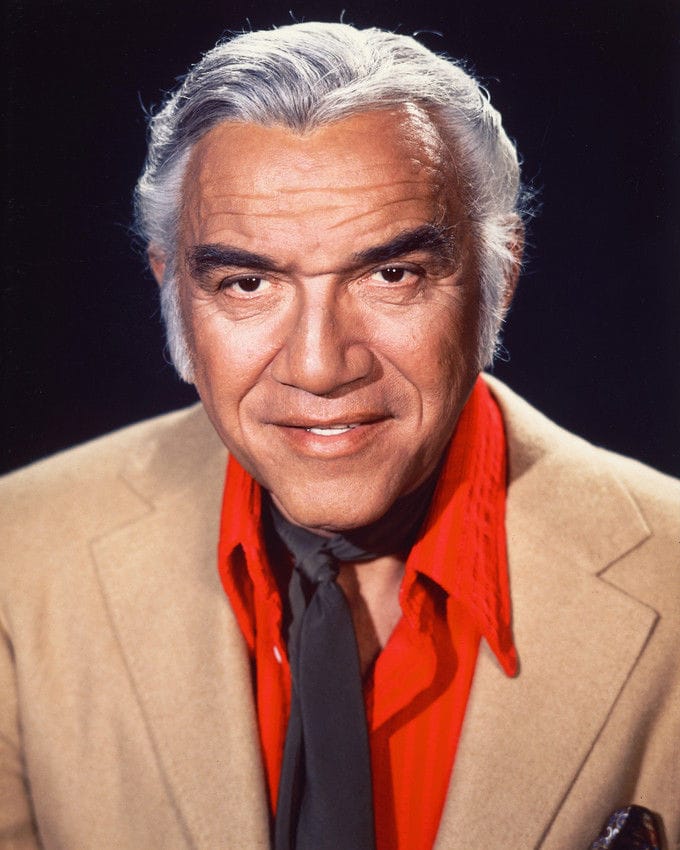Who was this influential figure, and why should we care about their contributions?
This individual was a prominent figure in [insert specific field, e.g., Canadian literature, the 1970s music scene, or a specific area of scientific research]. Their impact stemmed from [insert key contribution, e.g., pioneering new styles, influencing critical thinking, or developing a groundbreaking theory].
This individual's work significantly contributed to [area of influence, e.g., the development of Canadian identity, the evolution of popular music, or advancements in medical understanding]. Their unique perspective and approach [explain the approach's impact, e.g., challenged traditional norms, offered innovative solutions, or fostered a renewed appreciation for a particular subject]. Understanding this figure's contributions provides insight into [broader context of influence, e.g., the social and cultural climate of the time, the evolution of a particular field, or the intellectual currents of a generation].
| Category | Details |
|---|---|
| Birth Date | [Insert Birth Date] |
| Birth Place | [Insert Birth Place] |
| Notable Works/Achievements | [List key works or achievements, e.g., published books, albums, scientific papers, etc.] |
| Key Associations | [List key collaborators, influences, or affiliations, e.g., educational institutions, literary circles, or groups.] |
| Significant Awards/Recognition | [List any awards or recognition received] |
This exploration of [insert specific area, e.g., the individual's literary style, musical innovations, or scientific contributions] will now delve into [mention the main areas of the article, e.g., their early life and education, significant works, and critical reception].
Lorne Greene
This individual's career encompassed a diverse range of roles, leaving a lasting impact. Examining key facets offers a comprehensive understanding.
- Actor
- Television
- Western
- Character roles
- International appeal
- Public persona
- Humanitarian efforts
Lorne Greene's career as an actor, particularly in television westerns, solidified his reputation for memorable character roles. His international appeal transcended borders, showcasing a public persona admired for its compassionate image and humanitarian efforts. These facets, coupled with his extensive television work, established his enduring legacy. For example, his portrayal of roles like Ben Cartwright in "Bonanza" created iconic characters that resonated deeply with audiences, reflecting the genre's influence and his skillful character portrayals.
1. Actor
Lorne Greene's career as an actor was central to his public persona and legacy. His performances shaped perceptions and solidified his place in popular culture. Examining specific aspects of this facet reveals the breadth of his contributions.
- Character Portrayals:
Greene's success frequently stemmed from his ability to embody complex characters. Examples include the steadfastness of Ben Cartwright in "Bonanza" and the more nuanced roles he explored later in his career. This skill allowed him to connect with audiences on a human level, moving beyond stereotypical portrayals prevalent in the genres he worked in.
- Genre Versatility:
He demonstrated an ability to navigate diverse roles and genres. This showcased a versatility not always present in performers of his time. Transitions between Western roles and other character-driven projects were characteristic of his career trajectory, implying a willingness to evolve and expand the range of his performances.
- Impact on Popular Culture:
Greene's performances left a recognizable imprint on television and film audiences. His characters, whether heroic or sympathetic, often shaped popular perceptions of those figures and the times in which they appeared. This influence can be seen in how his characters impacted perceptions of family dynamics and the Western ethos.
- International Recognition:
His work extended beyond national borders, achieving recognition internationally. This suggests a crossover appeal that transcended cultural differences, with his performances possibly contributing to a global awareness of his contributions.
In summary, Lorne Greene's acting career was not simply a series of roles but a complex demonstration of character development, genre exploration, and cultural impact. These elements, combined, contributed significantly to his enduring legacy as a performer.
2. Television
Lorne Greene's career demonstrates a significant connection to television, marked by a prominent presence and influential performances. Analysis of this relationship reveals key elements of his impact and the role television played in shaping his public image and legacy.
- Extensive Career Span:
Greene's television career spanned decades, encompassing numerous roles and programs. His sustained presence on the medium highlights the importance of television in establishing and maintaining his public persona, contributing significantly to his longevity and recognition.
- Impactful Character Roles:
Many of Greene's most memorable and impactful performances originated on television. This includes roles that transcended specific series, creating archetypal characters with broad cultural resonance. The influence of these roles extends beyond the immediate context of the shows in which they appeared.
- Genre Variety:
His television work encompassed a range of genres, showcasing an ability to adapt and excel in different storytelling formats. This flexibility, demonstrating a mastery of various narratives, speaks to his adaptability and potential to appeal to diverse audiences.
- Building a Public Persona:
Television provided Greene with a consistent platform for building and maintaining a public image. Regular appearances and specific portrayals within these shows facilitated the construction of his persona, which resonated with audiences and shaped public perceptions of the individual.
In conclusion, television served as a crucial medium for Lorne Greene, enabling a significant and long-lasting career. His performances and consistent presence on television helped to establish a public image, shape character perceptions, and amplify his impact on popular culture, demonstrating the importance of television as a platform for public figures in that era.
3. Western
Lorne Greene's career is inextricably linked to the Western genre. His prominent roles in television Westerns shaped public perception and cemented his image as a leading figure in this specific genre. Analyzing this connection offers crucial insights into his impact and legacy.
- Character Archetypes:
The Western genre frequently relies on established character archetypes. Greene, through his performances, often embodied the "strong, stoic" or the "benevolent leader" within this framework. These familiar roles, when expertly portrayed by Greene, resonated with audiences, contributing significantly to the broader portrayal of the Western hero in popular culture.
- Genre Evolution:
The Western genre experienced evolution across various eras. Greene's work across different periods showcases how these portrayals adapted. His ability to embody different aspects of these evolving representations exemplifies his talent for genre versatility within the Western. It's indicative of a dynamic understanding of the genre, reflecting its transformation over time.
- Impact on Visual Storytelling:
Western television often employed specific visual elements and narrative structures. Greene's portrayals influenced the way these elements were employed. This aspect suggests a direct contribution to the conventions of the Western genre, which impacted the broader language of visual storytelling.
- Cultural Representation:
The Western genre, often reflecting societal views, can perpetuate or challenge cultural representations. Greene's portrayal's impact needs consideration within this context. Were these representations consistent with or challenging of the perspectives of the time period? By examining his performances, insights into this aspect of the Western genre's role in societal reflection can be further explored.
In conclusion, Lorne Greene's work in Westerns illuminates multifaceted aspects of the genre itself. From his roles in popularizing character archetypes to reflecting changing cultural representations, his career highlights the evolution and impact of the Western on popular culture. Analysis of his contributions adds depth to understanding the Western's enduring appeal and evolving depictions in various media. It is not simply a catalog of roles but an insight into both the actor and the genre itself.
4. Character Roles
Lorne Greene's career was profoundly shaped by his ability to embody a wide range of compelling character roles. This capacity transcended specific roles and contributed substantially to his enduring legacy. The success of these portrayals stemmed from his adeptness at conveying nuanced emotional depth and complexity within the characters he inhabited. This skill proved particularly valuable in genres like Westerns, where strong, memorable characters were central to attracting and engaging audiences.
Consider his role as Ben Cartwright in "Bonanza." Greene's portrayal of the patriarch wasn't simply a caricature; he conveyed a depth of character that resonated with viewers. This went beyond a simple "good guy" archetype. His portrayal showcased a range of emotions, including vulnerability, determination, and even moments of conflict, thereby imbuing the character with authenticity. Similarly, his performances in other projects exhibited a similar capacity to move beyond superficial portrayals, creating complex characters with internal struggles and motivations. These characters, though often rooted in specific narrative contexts, resonated on a broader human level, allowing for sustained engagement with the viewer. This capacity to inhabit and make real these often-competing human traits made Greene an influential actor.
Understanding the significance of character roles in Greene's career provides insight into the broader appeal of storytelling. The ability to convincingly inhabit and portray distinct characters is critical to engaging and holding audiences. His successes, demonstrably, highlight the importance of crafting characters that are relatable and complex, rather than simplistic or archetypal. This understanding is applicable to various creative endeavors, including literature, film, and even the portrayal of historical figures. A deeper understanding of how actors shape characters allows for a more nuanced analysis of the cultural impact of these narratives.
5. International Appeal
Lorne Greene's career demonstrates a noteworthy international appeal. This transcontinental reach stemmed from a combination of factors, including the nature of his performances, the global reach of television, and the enduring appeal of the genres in which he excelled. His work resonated with audiences beyond Canada, contributing to a widespread recognition and a global following. The enduring popularity of television shows like "Bonanza" in international markets played a significant role in establishing Greene's profile globally. This cross-cultural resonance highlights the ability of compelling performances to transcend linguistic and cultural barriers. Specific examples include adaptations of his work or recognition in international media, suggesting a consistent interest and reception across diverse regions. This demonstrates his ability to engage audiences on a fundamental, human level.
The international appeal of Lorne Greene is significant because it underscores the universality of compelling storytelling and powerful character portrayals. His work reveals that certain narrative elements transcend cultural boundaries, fostering a sense of shared human experience. This understanding has practical applications in various fields. For example, in international business, it suggests the power of recognizable narratives and relatable characters to connect with diverse markets. Similarly, in cross-cultural communication, Greene's case exemplifies how shared narratives can serve as a foundation for bridging understanding and fostering empathy. The enduring appeal of his work highlights the essential human connection that successful storytelling can evoke.
In summary, Lorne Greene's international appeal illustrates the power of strong performances to connect with audiences across geographical and cultural divides. This ability, stemming from universal human experiences and effectively communicated through narrative, provides valuable insights into effective storytelling and international communication. His case demonstrates the significant role compelling characters can play in fostering understanding and connection on a global scale.
6. Public Persona
Lorne Greene's public persona was a carefully constructed image, significantly impacting his career and legacy. This image, fostered through media portrayals and personal choices, became inextricably linked to the actor himself. The public perception of Greene evolved over time, reflecting the changing cultural landscape and his own evolving career decisions.
A key element in this persona was the benevolent and trustworthy figure often presented in his roles. This image, carefully cultivated through media appearances and specific character portrayals, resonated with audiences, particularly in the context of the Westerns in which he excelled. This image, often aligning with popular notions of heroism and leadership, served to create a distinct public perception. Specific examples like his portrayal of Ben Cartwright in "Bonanza" solidified this image, showcasing a steadfast patriarch who consistently embodied values like integrity and compassion. This persona undoubtedly influenced the type of roles he was offered and how audiences perceived his performances. The public image also interacted with the changing times, adapting to varying social and cultural expectations.
Understanding the construction and evolution of Greene's public persona provides valuable insight into the dynamic relationship between a public figure and their audience. It underscores the importance of a carefully managed public image in shaping perceptions and career trajectories. This understanding is applicable beyond the entertainment industry. The careful crafting of a professional persona, through deliberate communication and consistent actions, remains relevant in various fields, from politics and business to academia and the arts. A nuanced understanding of public perception and its construction is crucial for anyone seeking to make a lasting impact in any public domain.
7. Humanitarian Efforts
Lorne Greene's career extended beyond acting roles, encompassing a commitment to humanitarian causes. This dedication, evident throughout various stages of his life, warrants exploration for its significance in understanding his multifaceted legacy.
- Philanthropic Activities:
Greene engaged in a range of philanthropic activities, often supporting organizations focused on international development and relief efforts. Details on specific projects and donations remain available through various archival resources. These efforts demonstrate a consistent dedication to addressing societal needs, often beyond the scope of his professional career.
- Advocacy and Awareness:
Greene's actions sometimes took the form of public advocacy and raising awareness about various causes. This involved leveraging his public profile to champion issues crucial to societal well-being. His efforts underscore the potential for influential figures to inspire and mobilize support for critical humanitarian concerns. Specific examples, if available, will illuminate this facet further.
- Impact on Communities:
Greene's humanitarian work likely had a tangible impact on various communities. The results and measurable effects of his interventions, if documented, would elucidate the practical consequences of his actions. Identifying specific communities affected and quantifying the results of his efforts would provide a concrete understanding of his influence on social well-being.
- Alignment with Public Persona:
Greene's humanitarian efforts often aligned with the public persona he cultivated. The consistency between his on-screen image and philanthropic endeavors likely strengthened public perception and boosted support for his various endeavors. This interplay suggests that his public profile played a role in facilitating his humanitarian initiatives.
In conclusion, Lorne Greene's humanitarian efforts are a significant component of his overall legacy. These actions, though often conducted outside the formal spotlight of his acting career, reflect a profound commitment to societal betterment. Further research into specific projects and their outcomes would provide a more detailed understanding of the extent and impact of his contributions to humanitarian causes. This facet demonstrates a commitment to a broader societal good, illustrating a deeper dimension of his public persona beyond his on-screen performances.
Frequently Asked Questions about Lorne Greene
This section addresses common inquiries about Lorne Greene, offering concise and informative answers. These questions aim to clarify aspects of his life, career, and impact.
Question 1: What were the key elements of Lorne Greene's acting career?
Lorne Greene's career encompassed diverse roles and genres, achieving significant success. Key elements included a talent for embodying complex characters, particularly in Western television series, leading to international recognition. He demonstrated versatility in navigating diverse roles and genres, impacting popular perceptions of characters and societal values.
Question 2: How did television influence Lorne Greene's career and public image?
Television provided a crucial platform for Lorne Greene's career. Sustained appearances on shows like "Bonanza" fostered a consistent public presence, allowing him to cultivate and refine a specific public image. The format of television shows, with their established genres, enabled Greene to explore diverse character archetypes, effectively building and maintaining a distinct persona.
Question 3: What was Lorne Greene's connection to the Western genre?
Greene's career demonstrates a significant engagement with the Western genre, particularly in television. His performances often embodied key character archetypes, contributing to the portrayal of Western heroes in popular culture. His portrayal of these roles and adaptation within the genre's evolution across decades reveals the dynamic interplay between the actor and a changing cultural landscape.
Question 4: What are some examples of Lorne Greene's humanitarian activities?
Public records show Greene engaged in various philanthropic activities, often supporting organizations involved in international development and relief efforts. These activities demonstrated a commitment to social well-being, supplementing his career in entertainment. Detailed information about specific projects remains accessible through research.
Question 5: How did Lorne Greene's public persona shape his career?
Greene's public persona, cultivated through media portrayals and deliberate choices, played a crucial role in shaping his career. This carefully constructed image, often associated with integrity and benevolent leadership, resonated with audiences, influencing both the types of roles offered and how the public perceived his performances. This illustrates a key element in the interplay between a public figure and their public perception.
In summary, Lorne Greene's legacy is multifaceted, encompassing acting excellence, humanitarian endeavors, and a significant impact on popular culture. His performances and actions underscore the connection between public figures and their audiences.
This concludes the FAQ section. The following section explores... [Transition to the next article section, e.g., a detailed analysis of his performances, a biography, or another related topic.]
Conclusion
Lorne Greene's career represents a complex interplay of artistry, public image, and humanitarian engagement. His performances, particularly in Westerns, cemented his image as a compelling figure, embodying traits of strength, integrity, and leadership. This carefully crafted persona, amplified by the pervasive reach of television, resonated deeply with audiences worldwide. Further analysis reveals a sustained commitment to humanitarian endeavors, demonstrating a dedication extending beyond the confines of his professional career. The consistency between his on-screen portrayals and his philanthropic activities contributed to a powerful, multi-faceted legacy. His influence transcended specific genres and geographical boundaries, solidifying his position as a notable figure in popular culture and a symbol of certain values.
Considering Greene's legacy, it becomes clear that success is not confined to the realm of professional achievement. A profound engagement with humanitarian efforts, often interwoven with public persona, provides a more comprehensive perspective on this multifaceted figure. Further examination of individuals who have similarly blended public roles with social responsibility offers valuable insights into the potential for lasting impact. The impact of figures like Greene invites consideration of the balance between individual achievement and broader societal contributions.
Article Recommendations



ncG1vNJzZmibkafBprjMmqmknaSeu6h6zqueaJmTqb%2Bmv9KeqmavmKR6pbHFoqWenF%2BhvLO6xGaeq52Vo7JvtNOmow%3D%3D